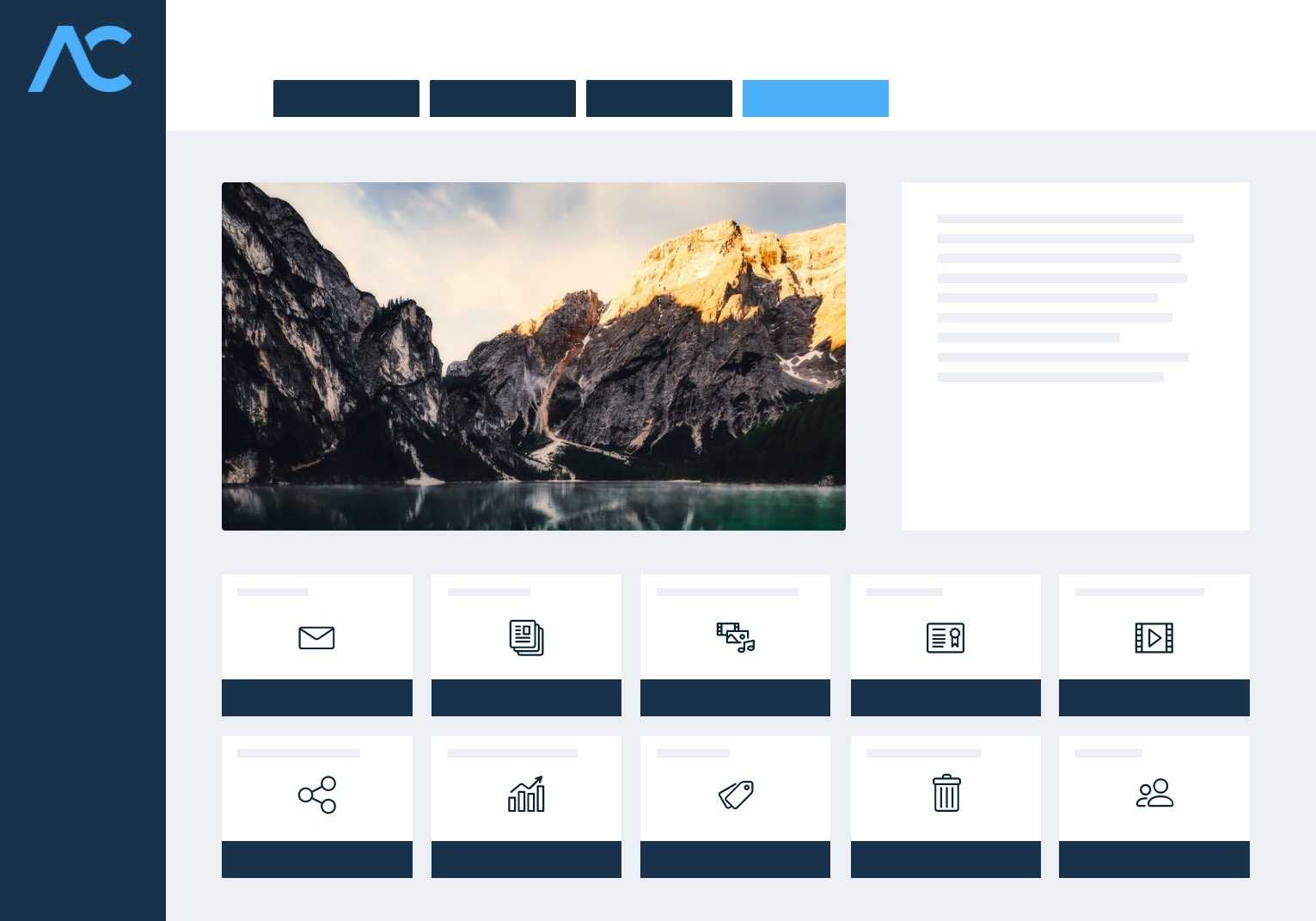Digital Asset Management vs. Content Management System
Both digital asset management (DAM) and content management systems (CMS) provide support for your work with digital media. A DAM system primarily serves to manage media libraries in a clear and centralized manner. What’s more, DAM regulates media sharing and enables decentralized collaboration. By contrast, a CMS is used to edit and publish content on websites or other types of media. Its aim is to present documents, images and videos in a suitable layout.
Optimize workflows with perfect synergy
If you’re already using a CMS, what’s the point of having a DAM system as well? When you’re dealing with a large number of digital media, managing these in a CMS can quickly become chaotic. By linking the CMS with a DAM system where you can optimally edit and organize your assets, functionality will improve.
To that end, the CMS’ media library, which usually has a very basic setup, is replaced by the DAM’s much more sophisticated media library (metadata, rights management, user groups, etc.) Your assets’ whole workflow is increasingly flexible and efficient with DAM-CMS integration.
CMS and AdmiralCloud integration
AdmiralCloud’s digital asset management solution can be integrated into different content management systems. This integration makes your videos, images, audio files and documents more manageable and means they can be directly used for publication.
In this way, AdmiralCloud and a CMS are complementary systems that make workflows far more productive through perfectly synergizing their functions. Currently, AdmiralCloud supports integration with Typo3 and WordPress. Learn more about Typo3 and WordPress integration.

